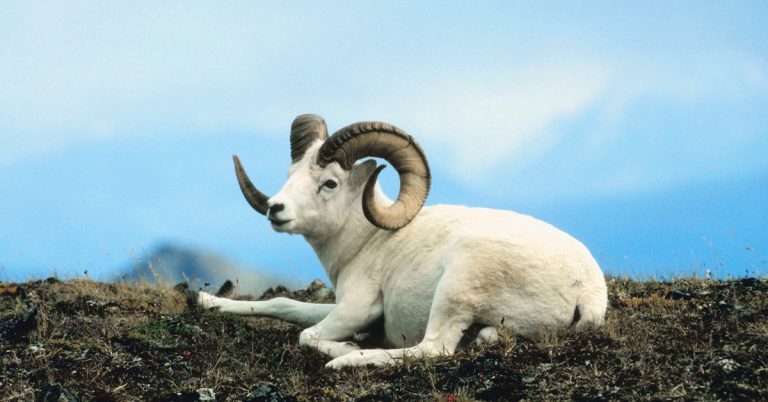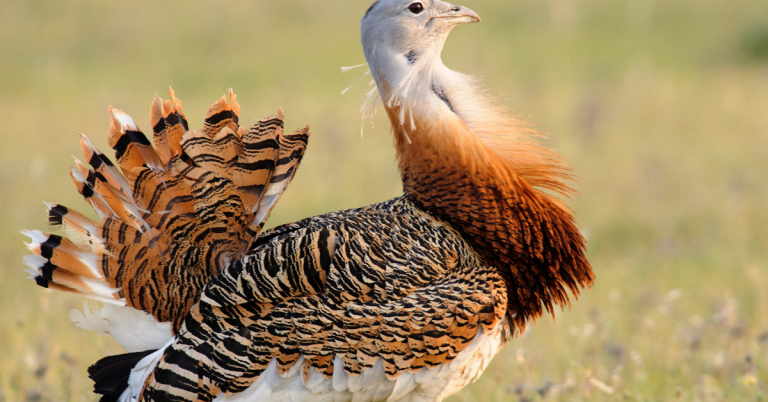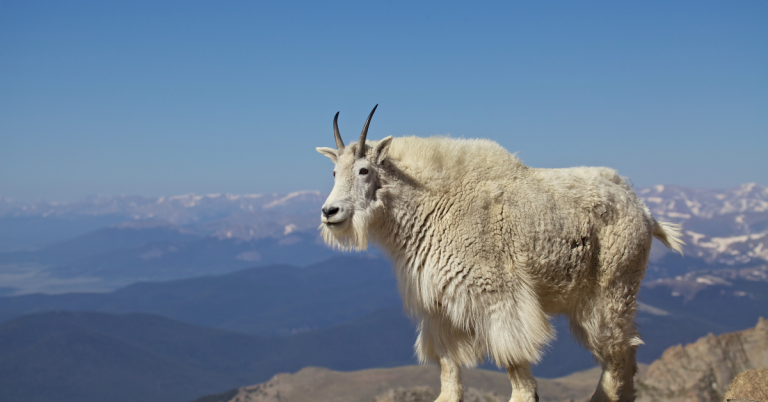Bighorn sheep hunting guide
Welcome to the ultimate hunting guide for bighorn sheep. In this comprehensive guide, we’ll delve into understanding the behavior of this remarkable animal, choosing the right hunting location, effective hunting tactics, ethical considerations, and more. Whether you’re a seasoned hunter or a beginner, this guide will equip you with the knowledge and skills necessary for a successful and responsible hunting experience.
Understanding Behavior
Bighorn sheep are known for their agility and ability to navigate rocky, mountainous terrain. Understanding their behavior is crucial for a successful hunt. These animals are primarily grazers, feeding on grasses, shrubs, and other vegetation. Bighorn sheep are social animals, often found in herds, and their activity peaks during the early morning and late afternoon. Rams are known for their dramatic head-butting battles during the mating season, typically in the fall.
Choosing the Right Hunting Location
Selecting the right hunting location is essential for a successful hunt. Bighorn sheep inhabit rugged mountain ranges, cliffs, and high-altitude areas. Look for regions with steep, rocky terrain where these animals can be seen grazing or resting. Notable hunting areas include the Rocky Mountains, the Sierra Nevada, and various desert ranges in the southwestern United States and northern Mexico. National parks, wildlife refuges, and specific hunting units often have regulations and permit requirements.
Effective Hunting Tactics
When hunting bighorn sheep, several tactics can increase your chances of success:
- Spot and Stalk: This method involves spotting sheep from a distance using binoculars or spotting scopes and then stalking them carefully to get within shooting range. This requires patience and excellent observation skills.
- Ambush Hunting: Position yourself along known travel routes or near water sources where bighorn sheep are likely to appear.
- Calling: Using sheep calls can attract bighorn sheep, particularly during the rut when rams are more responsive to calls.
Ethical and Responsible Hunting
Ethical hunting practices are paramount. Always adhere to local hunting regulations and obtain the necessary permits. Respect bag limits and avoid harvesting young animals or females with lambs. Practice fair chase principles, ensuring the sheep have a fair chance to elude you. Utilize all parts of the animal to honor the life taken and reduce waste. Participate in conservation efforts and support habitat protection initiatives.
Field Dressing and Meat Processing
Proper field dressing and meat processing are crucial to preserving the quality of your harvest. Immediately after the kill, begin field dressing the sheep to cool the meat and prevent spoilage. Remove the hide, head, and internal organs, and cool the carcass as quickly as possible. Store the meat in a cool, dry place until it can be properly processed. Bighorn sheep meat is highly valued and can be used for various dishes.
Species and Subspecies
There are several subspecies of bighorn sheep, including the Rocky Mountain bighorn, the Desert bighorn, and the California bighorn. Each subspecies has adapted to its unique environment, but all share common characteristics. Familiarize yourself with the specific subspecies in your hunting area to better understand their behavior and habitat preferences.
Hunting Legality by Area
Before planning your hunt, familiarize yourself with the hunting regulations and legality of your chosen area. Regulations vary by state and region, including season dates, bag limits, and specific rules for methods such as spot and stalk or calling. Consult local wildlife agencies for the most up-to-date information.
Legal and Cross-Border Considerations
If you’re planning to hunt bighorn sheep in multiple states or countries, be aware of any legal and cross-border considerations that may apply. Obtain the necessary permits and permissions from local authorities, and always respect the laws and regulations of each region. Ensure you understand and comply with transportation regulations for sheep parts and meat across borders.
Safety Tips
Prioritize safety at all times during your hunting expedition:
- Use Proper Gear: Ensure your firearm or bow is suitable for sheep hunting. Wear appropriate clothing for high-altitude and rugged terrain.
- Hunt with a Partner: Never hunt alone. Having a partner enhances safety and provides assistance if needed.
- First Aid Kit: Carry a first aid kit and know basic first aid procedures.
- Emergency Communication: Carry a GPS and a reliable communication device, especially in remote areas.
- Be Prepared for Weather Changes: Mountain weather can change rapidly, so be prepared for varying conditions.
FAQs
Where is the best place to hunt?
The best places to hunt bighorn sheep are regions with rugged, mountainous terrain, such as the Rocky Mountains, the Sierra Nevada, and desert ranges in the southwestern United States.
What is the best time to hunt?
Early morning and late afternoon are the best times to hunt bighorn sheep, as they are most active during these periods.
What are the best hunting methods?
Effective methods include spot and stalk, ambush hunting, and calling. Each method requires specific skills and knowledge.
What is the reason for hunting?
Hunting bighorn sheep can provide sustenance, population management, and conservation funding through hunting licenses and permits. Ethical hunting practices support wildlife conservation.






